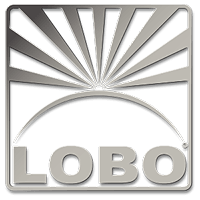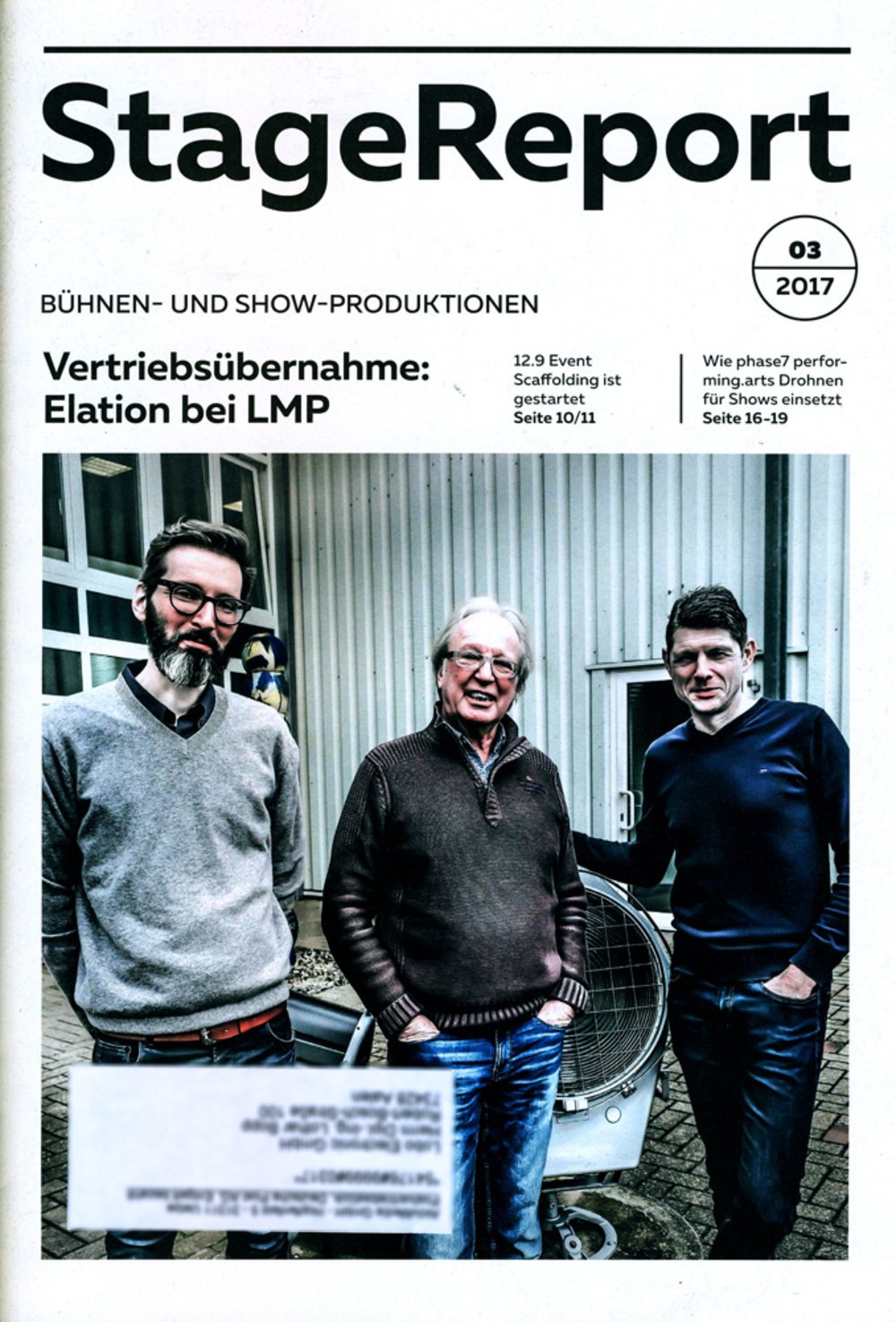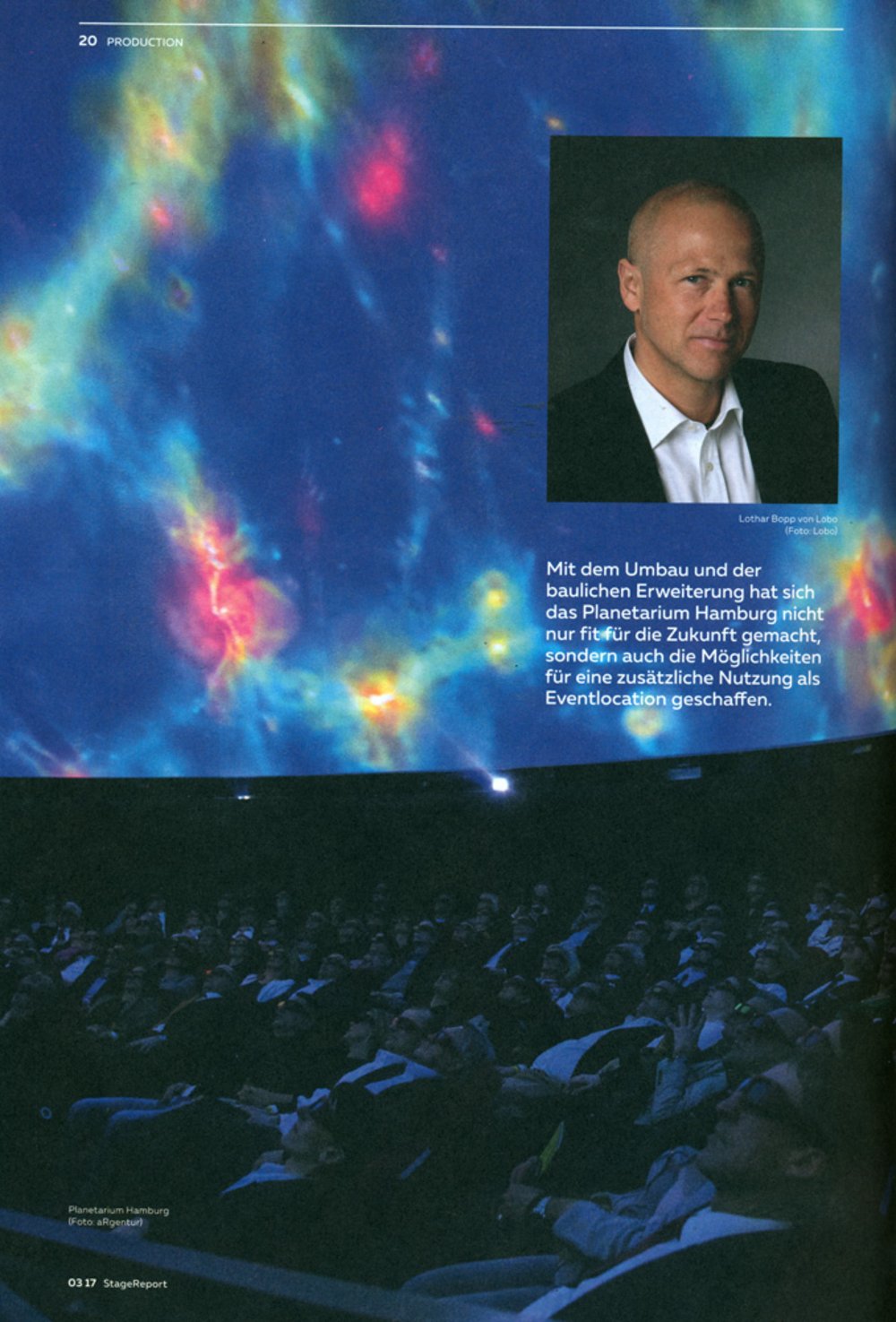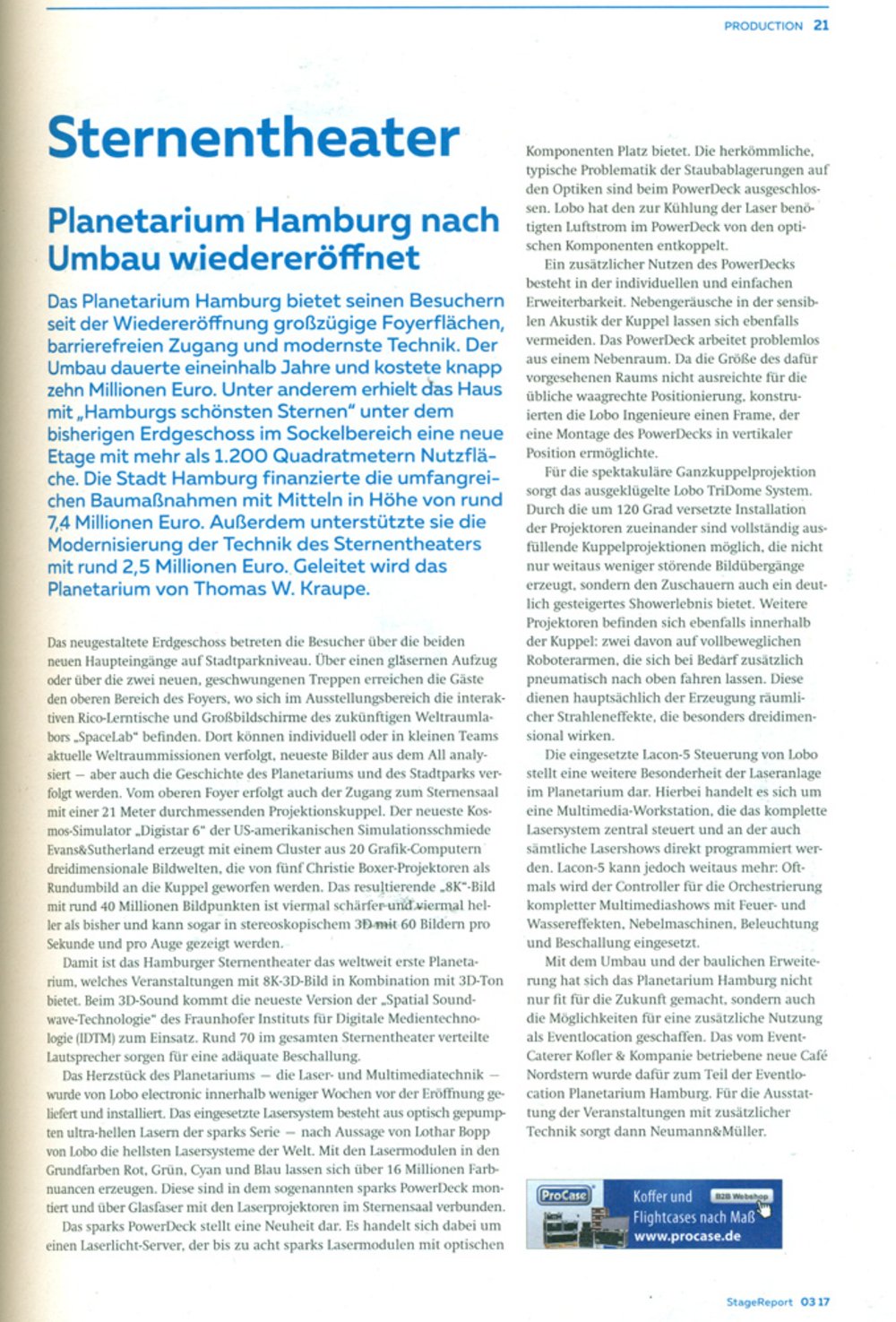
media reports
StageReport Bühnen und Show Produktion March 2017
"Star Theater" / "Planetarium Hamburg reopened after renovations"
![[Translate to English:] [Translate to English:]](/fileadmin/user_upload/_processed_/9/c/csm_BANNER_StageReport_Buehnen_und_Show_Produktion_Maerz_2017_316b29a2dd.jpg)
Since its reopening, the Hamburg Planetarium offers its visitors spacious foyer areas, barrier-free access and state-of-the-art technology. The renovation took a year and a half and cost just under ten million euros. Among other things, the building with "Hamburg's most beautiful stars" received a new floor with more than 1,200 square meters of usable space below the previous first floor in the base area. The City of Hamburg financed the extensive construction work with funds totaling around 7.4 million euros. It also supported the modernization of the star theater's technology with around 2.5 million euros. The planetarium is managed by Thomas W. Kraupe.
Visitors enter the redesigned first floor via the two new main entrances at city park level. Via a glass elevator or the two new curved staircases, guests reach the upper area of the foyer. where the interactive Rico learning tables and large screens of the future space laboratory "SpaceLab" are located in the exhibition area. There, current space missions can be followed individually or in small teams. latest images from space can be analyzed - but also the history of the planetarium and the city park can be followed. The upper foyer also provides access to the Star Room with a projection dome measuring 21 meters in diameter. The latest cosmos simulator, Digistar 6, from the U.S. simulation company Evans&Sutherland, uses a cluster of 20 graphics computers to generate three-dimensional images that are projected onto the dome by five Christie Boxer projectors. The resulting ... 8K" image with around 40 million pixels is four times sharper and four times brighter than before and can even be shown in stereoscopic 3D at 60 frames per second and per eye.
This makes the Hamburg Star Theater the world's first planetarium. soft events with 8K 3D image in combination with 3D sound offers. The 3D sound uses the latest version of the "Spatial Soundwave Technology" from the Fraunhofer Institute for Digital Media Technology (IDTM). Around 70 loudspeakers distributed throughout the Sternentheater provide adequate sound reinforcement.
The heart of the planetarium - the laser and multimedia technology - was delivered and installed by Lobo electronic within a few weeks before the opening. The laser system used consists of optically pumped ultra-bright lasers of the sparks series - according to Lothar Bopp of Lobo, the brightest laser systems in the world. With the laser modules in the primary colors red. Green. Cyan and Blue, more than 16 million color shades can be generated. These are mounted in the so-called sparks PowerDeck and connected via fiber optics to the laser projectors in the star hall. The sparks PowerDeck represents a novelty. It is a laser light server that can accommodate up to eight sparks laser modules with optical components. The typical problem of dust deposits on the optics is eliminated with the PowerDeck. Lobo has decoupled the airflow needed to cool the lasers in the PowerDeck from the optical components.
An additional benefit of the PowerDeck is its individual and easy expandability. Ambient noise in the sensitive acoustics of the dome can also be avoided. The PowerDeck operates easily from an adjoining room. Since the size of the space provided was not large enough for the usual horizontal positioning, Lobo engineers designed a frame that allowed the PowerDeck to be mounted in a vertical position.
The spectacular full-dome projection is provided by the ingenious Lobo TriDome system. By installing the projectors at 120 degrees to each other, it is possible to create full-dome projections that not only produce far fewer disruptive image transitions, but also offer the audience a significantly enhanced show experience. Additional projectors are also located inside the dome: two of them on fully movable robot arms that can also be pneumatically raised if required. These are mainly used to create spatial beam effects, which have a particularly three-dimensional effect.
The Lacon-5 control system from Lobo is another special feature of the laser system in the planetarium. This is a multimedia workstation that centrally controls the entire laser system and on which all laser shows are directly programmed. However, Lacon-5 can do much more: the controller is often used to orchestrate complete multimedia shows with fire and water effects. fog machines. Lighting and sound systems. With the conversion and structural expansion, the Hamburg Planetarium has not only made itself fit for the future. but also created the possibilities for additional use as an event location. The new Café Nordstern, operated by event caterer Kofler & Kompanie, became part of the Planetarium Hamburg event location for this purpose. Neumann&Müller will then be responsible for equipping the events with additional technology.


